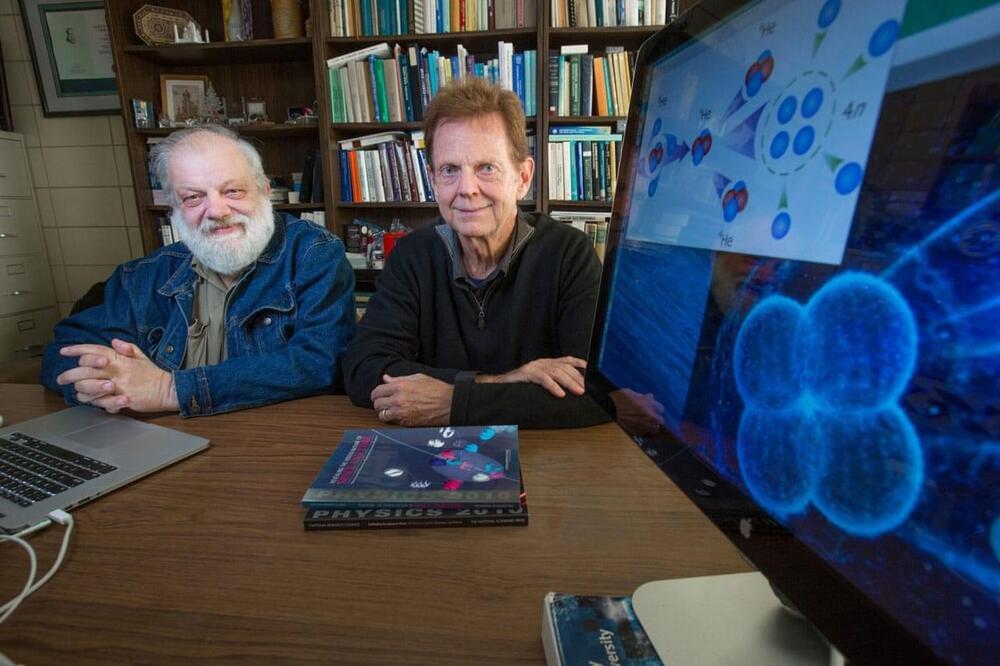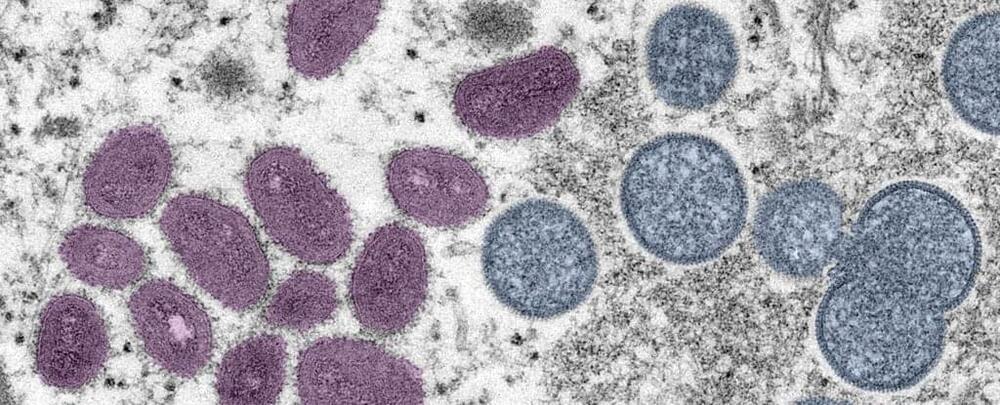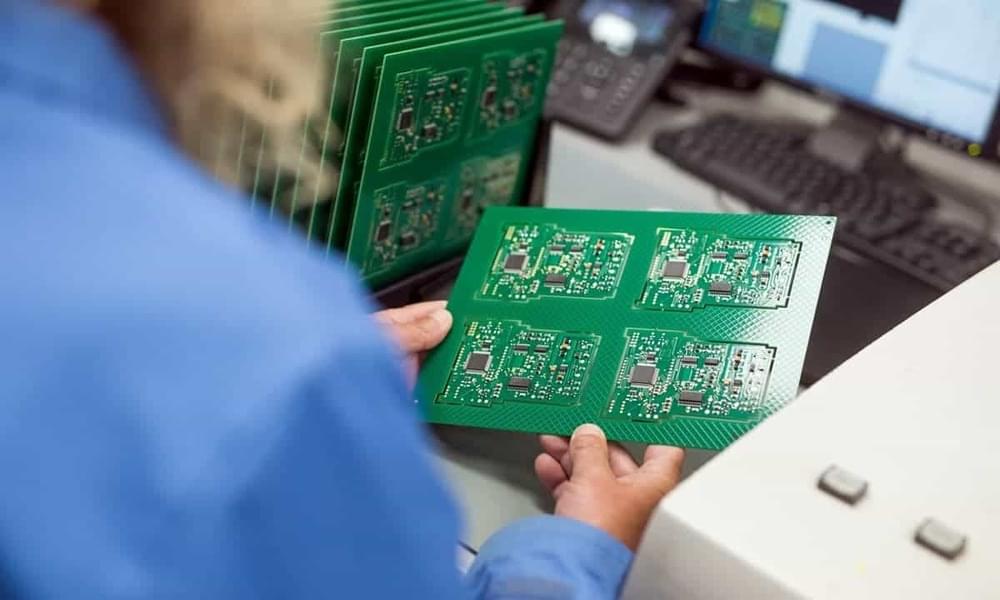An archaeologist in Galway, Ireland, discovered a large Bronze Age fortress on a limestone table, surrounded by seasonal lakes, at Coole Park, Ireland, earlier this week, according to television and radio broadcaster RTÉ. The site was previously known, but its antiquity has been in question until now.
Coole Park, the land on which the fortress sits, is currently a nature preserve. The turloughs, or seasonal lakes, are unique to areas of Ireland west of the River Shannon.
The fortress, dating between 800 and 1,200 BCE, is unique in its use of turloughs, which would have drained and filled with water based on the weather and time of year. These turloughs would have been used strategically as a defense mechanism against outside invaders. At roughly 1,312 by 328 feet, the structure could have housed a couple hundred people at any given time.






